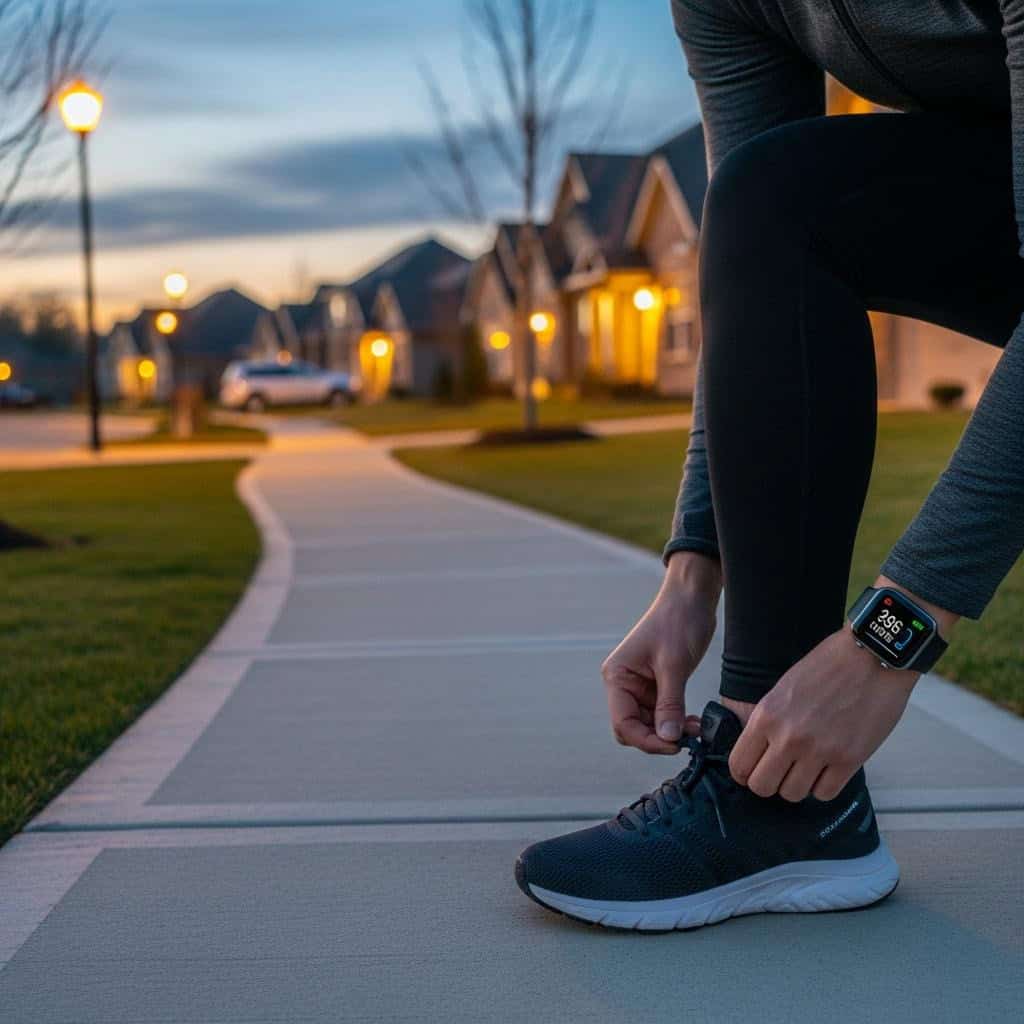Why Small Lifestyle Tweaks Have the Biggest Health Impact
It’s easy to believe that only dramatic diet overhauls or intense workout routines lead to real health changes, but research shows that small, sustainable adjustments often create the most lasting impact. Minor shifts in daily habits—such as walking ten extra minutes, swapping sugary drinks for water, or prioritizing sleep—can remarkably improve well-being over time.
By understanding the science behind these tiny changes and learning how to implement them, readers can unlock practical strategies for lifelong health. In the sections ahead, discover actionable tips designed for real, lasting results.
Identify Your Current Habits

The first step toward meaningful change is self-awareness. Begin by observing and recording your daily routines—what you eat, when you sleep, how much you move, and even your stress triggers. Use a journal, spreadsheet, or a free health tracking app like MyFitnessPal to capture your behaviors over a week.
This process reveals patterns and pinpoints habits that may influence your health, both positively and negatively. According to the CDC, self-monitoring is a proven method for initiating sustainable change.
Choose One Area to Improve

Once you’ve identified your habits, select just one area—like nutrition, physical activity, or stress management—to focus on first. Prioritizing a single change helps you avoid feeling overwhelmed and increases your chance of success. Consider which tweak would most benefit your overall well-being or feel easiest to start.
For example, swapping out sugary snacks or adding a daily walk. According to NHS experts, making one change at a time builds confidence and creates momentum for future improvements, making your journey toward better health more manageable and sustainable.
Set a Realistic, Measurable Goal

With your focus area chosen, create a goal that is Specific, Measurable, Achievable, Relevant, and Time-bound—known as a SMART goal. For example, “Walk 20 minutes after dinner, five days a week” instead of “Exercise more.”
Measurable targets allow you to track progress and celebrate small wins, which boosts motivation and accountability. According to CDC guidelines, clear, realistic goals are more likely to become lasting habits and help you see tangible results as you make your lifestyle tweak.
Implement a Small, Sustainable Change

Start by making one easy-to-manage adjustment, such as taking a brisk walk after lunch, drinking water instead of soda, or shifting your bedtime earlier by 15 minutes. These modest tweaks are less intimidating and more likely to become part of your daily routine.
Research from NIH highlights that small, consistent changes are not only more sustainable but also often lead to significant health improvements over time. As these minor habits accumulate, they lay the foundation for more positive changes and greater overall well-being.
Monitor Your Progress and Adjust

Regularly track your new habit using a journal, app, or calendar to maintain accountability and see your achievements. Reflect on what’s working and where you face challenges—adjust your approach if needed. According to Psychology Today, self-monitoring strengthens positive behaviors and helps you navigate setbacks constructively.
If you miss a day or hit an obstacle, treat it as a learning opportunity rather than a failure. Consistent review and adjustment ensure your small tweak remains sustainable and continues to positively impact your health over time.
Build on Success Gradually

Once your first tweak feels natural, consider adding another small, manageable change—such as including an extra serving of vegetables or setting aside five minutes for meditation. This gradual approach prevents overwhelm and supports long-term success. Studies show that habit stacking—layering new behaviors onto existing routines—can significantly boost your ability to maintain healthy habits.
Over time, these incremental improvements compound, leading to substantial health gains. Patience and consistency are key; focus on steady progress rather than perfection, celebrating each new habit as you build a foundation for lasting well-being.
Conclusion

Embracing small, sustainable tweaks to your daily routine can deliver profound health benefits over time. By identifying current habits, focusing on one change, setting clear goals, and building on successes, you make lasting improvements manageable and rewarding. Remember that consistent, minor adjustments add up, transforming your well-being without overwhelming effort.
As Harvard Health notes, lasting change is about steady progress, not overnight perfection. Take the first step today, celebrate each win, and trust that these small actions will create a healthier, happier you in the long run.






